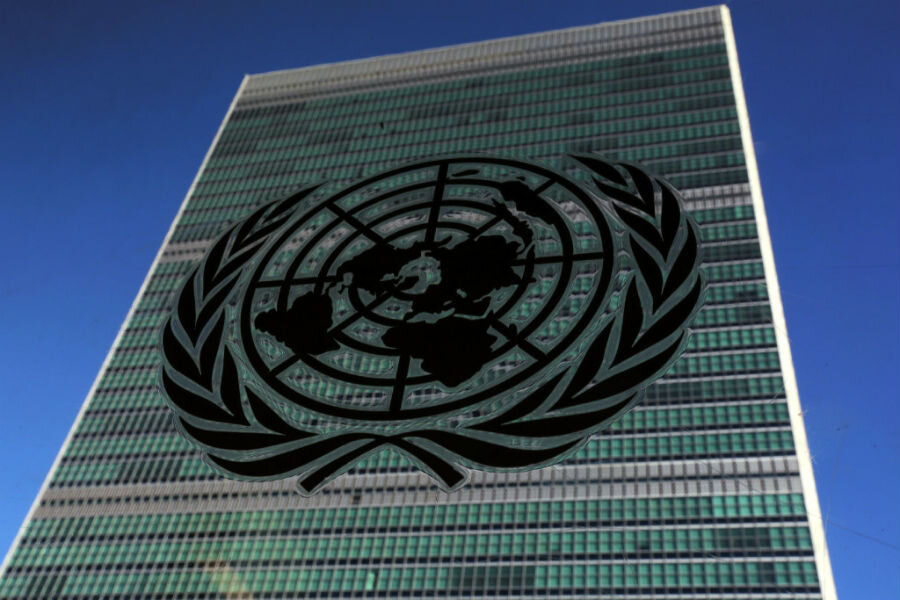Why the United Nations is launching a space mission
Loading...
For most countries around the world, space remains an unexplored frontier, especially among developing states. For them, concerns on the ground outweigh the expensive, albeit exciting, discoveries that lay beyond Earth's atmosphere.
All that may be about to change.
The United Nations has announced that a mission will be launched in 2021 that will provide developing countries with the opportunity to fly payloads into low-Earth orbit for the first time. The program is the result of a partnership between the UN Office for Outer Space Affairs (UNOOSA) and the Sierra Nevada Corporation (SNC).
"At SNC our goal is to pay it forward," said SNC's owner and President, Eren Ozmen, in a statement. "That means leveraging the creation and success of our Dream Chaser spacecraft to benefit future generations of innovators like us all around the world."
SNC's Dream Chaser spacecraft is a reusable ship, much like the now retired US space shuttle but a quarter of the size, that specializes in commercial cargo delivery into orbit around the Earth. It plans to have the capability to land in airports and spaceports around the world autonomously, according to the SNC website. The reusable nature of the Dream Chaser makes it the ideal candidate for conducting low-cost missions for UN member states that don't have the dedicated platform needed to do so.
UNOOSA was established in 1958 as a small expert committee to advise the larger Committee on the Peaceful Uses of Outer Space, which was largely concerned with Cold War-era fears of space-based espionage and weaponry between the US and Soviet Union. In the nearly 60 years since UNOOSA was established, the UN has never actually conducted a space-based mission itself.
The partnership between UN and SNC comes as commercial space ventures are becoming more prevalent in a field historically dominated by state-based agencies. Elon Musk, founder of SpaceX, recently announced plans to go to Mars that projected that his company would reach the red planet before NASA, as The Christian Science Monitor reported. It should be noted, however, that NASA and SpaceX have had a working relationship since 2014.
"One of UNOOSA's core responsibilities is to promote international cooperation in the peaceful use of outer space," said Simonetta Di Pippo, director of UNOOSA, in the statement. "I am proud to say that one of the ways UNOOSA will achieve this, in cooperation with our partner Sierra Nevada Corporation, is by dedicating an entire microgravity mission to United Nations Member States, many of which do not have the infrastructure or financial backing to have a standalone space program."
While the goal is to provide a platform for developing countries to launch an experiment into space, any UN Member State is allowed to submit proposals for the mission. UNOOSA will approve the final proposals in 2018 to allow time for preparation of the payloads by the time of the Dream Chaser's launch. Countries will have to pay a part of the mission's cost, but their payment will be based on what they can afford in order to allow even the poorest states to have the opportunity to be a part of the space venture. The rest of the funding could be provided by as-yet-unknown sponsors.
"We will continue to work closely with SNC to define the parameters of this mission which, in turn, will provide United Nations Member States with the ability to access space in a cost-effective and collaborative manner within a few short years," said Di Pippo. "The possibilities are endless."








